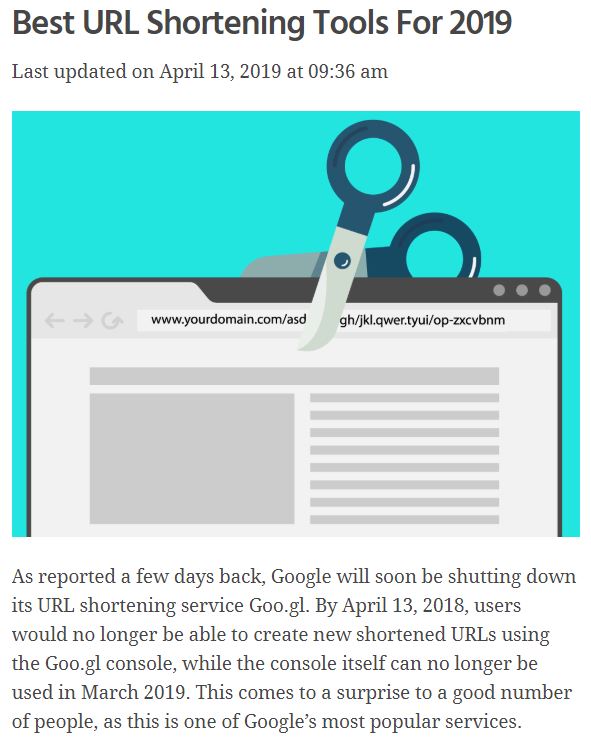Using Keyword Stemming to Enhance your Organic Traffic
Keyword research is a fundamental SEO practice that enables us to find the best set of keywords that will allow our websites to grow their organic search traffic. Along with the service of the brand, keywords are also the basis for how content will be formulated, along with how link building and social media campaigns would be managed.
When tracking and choosing keywords for Google, context is important, as any variation to the keyword is treated as a different keyword. For example, making a keyword plural means that you have generated another keyword for Google to track. While this usually can cause an adverse effect in your keyword rankings, making use of these variations provides more opportunities for users to be able to discover your content when done right. This strategy is known as keyword stemming, which is a practice that has been around for quite some time. With that in mind, here is a guide on keyword stemming, and how to utilize it for your content, along with a successful example.
What is Keyword Stemming?
Keyword Stemming is the practice or strategy of modifying different keywords through the use of variations. These variations come in the form of prefixes or suffixes that can be added to the root keyword. Pluralization is also another variation that can be used, as this is treated as a different keyword.
Google’s ability to understand user intent and context is a technology that has been continuously improved over the past few years. This ability enables the search engine to identify keywords and its variations and understand that they’re being used in a similar context in your content when being searched.
When should you use Keyword Stemming?
When used properly, Keyword Stemming allows your content to be more searchable when using variations of the original keyword. Despite its potential to be able to generate more traffic, there are some cases where using Keyword Stemming can hurt your traffic when the keyword variant does not completely fit with the content.
In fact, there can be times Keyword Stemming would not be advisable for certain keywords at all. It is best to make sure that it is a viable strategy on your end, and it can be done after taking certain factors into consideration. Here are some factors to consider when applying Keyword Stemming to your content:
Does it still fit the context?
One of the most important aspects of Keyword Stemming is making sure that the variant keyword still fits the context of the original keyword. Changing the context defeats the whole purpose of Keyword Stemming and will only cause your content to be inconsistent in tone and can confuse people who are viewing it. For example, “football” and “footballer” are two different things, one refers to the sport, and one refers to the athletes participating in the sport, which means that using both terms can greatly affect the context of the content that you are going to create.
While the previous example of keywords is still somewhat related, there are times that adding a prefix or suffix to the keyword almost completely changes the meaning of the word itself. The main goal is to use a variation to gain more organic traffic and open up more opportunities to be searched, while still being able to retain the meaning of the root word.
Does Keyword Stemming work?
Thanks to Google’s continued improvements, it is able to understand user context much better than before. This allows the search engine to identify user intent and lead them to the right search results.
We tried out Keyword Stemming in one of our articles a while back, and got favorable results, with the article regularly becoming one of the most viewed articles monthly. The article is about the best URL shortening tools, and before even writing the article, one question that came into my mind was “Should I use “best URL shortening tools” or use “best URL shortener tools?”. In the end, I chose “best URL shortening tools”, as it had more traffic. However, “best URL shortener tools” is also a keyword that was a significant amount of traffic and tapping into that would help boost the overall traffic of the article even more.
To make sure that my article would be searchable for both keywords, I made sure to properly place them in the article. Luckily, both keywords have similar meanings, so the context of seeing them in the same article wouldn’t be out of place.
One of the things that you must know when doing keyword stemming on your content is that you have to be patient with the results, as this can take a while to see. One of the best tools to see which organic keywords are being used to search for your content is Ahrefs. All you have to do is to enter the URL of your content, and you can already see the number of organic keywords used to access the webpage.
One of the most interesting findings was that the top keyword used to search for the article was best URL shortener tool instead of best URL shortening tool, which is the keyword present in the title of the article itself. Along with these two keywords, numerous variations of URL shortener and URL shortening are also present, with most of those keywords having a significant search volume.
These multiple keyword variants have helped boost the traffic of the article, gaining thousands of views during 2018, making it one of our most viewed articles for the whole year.
Key Takeaway
Keyword Stemming may be a strategy that has been around for a while, but with Google’s improved technology, it is now a strategy that is more effective than before. Utilizing Keyword Stemming is a process that requires an optimized strategy to work, and with our example, it is something that can give your organic traffic a good amount of boost.
If you have questions and inquiries about Keyword Research and SEO in general, leave a comment below and let’s talk.





